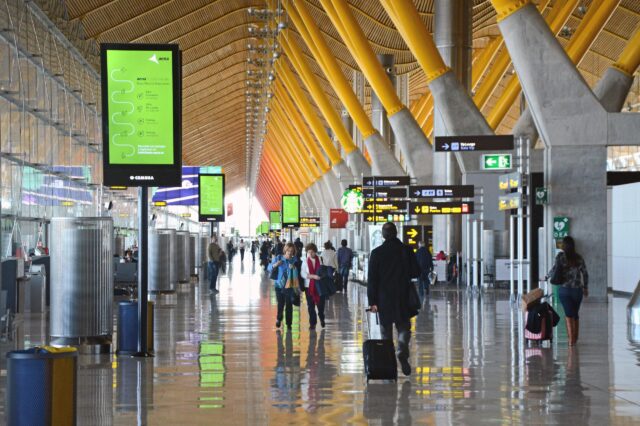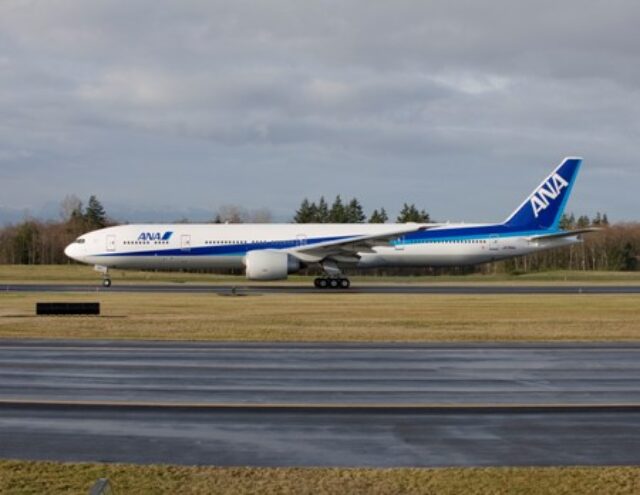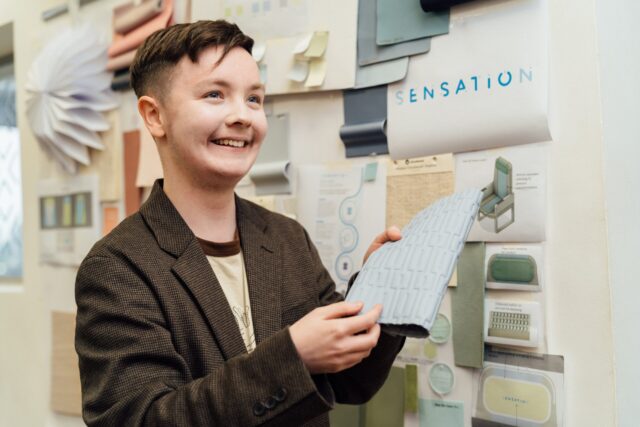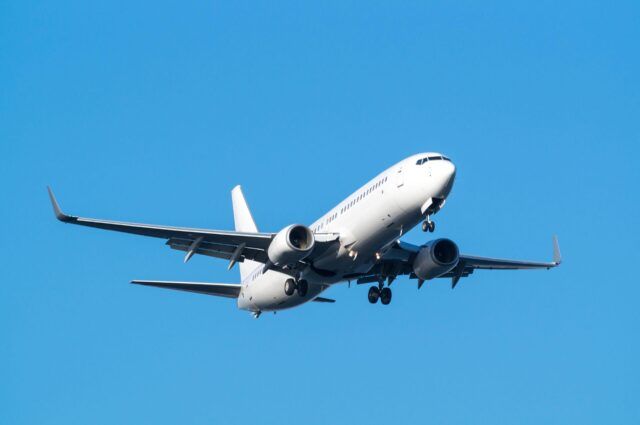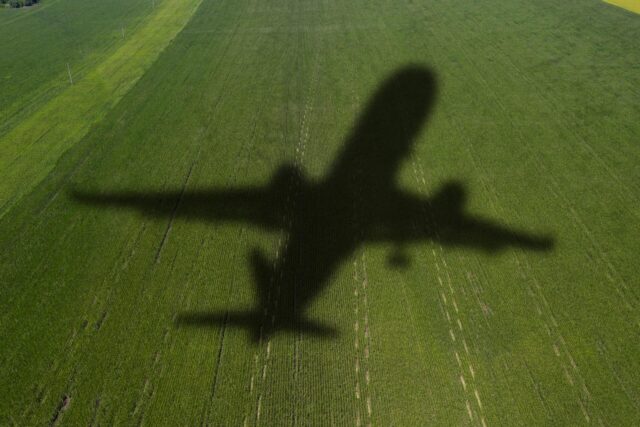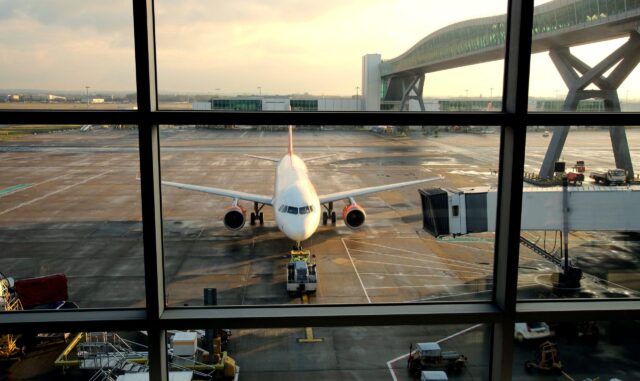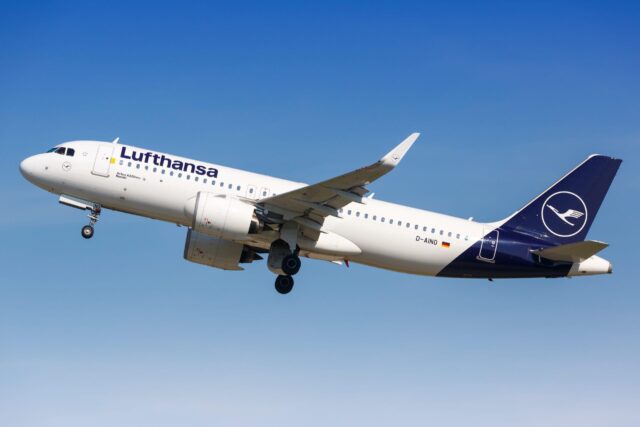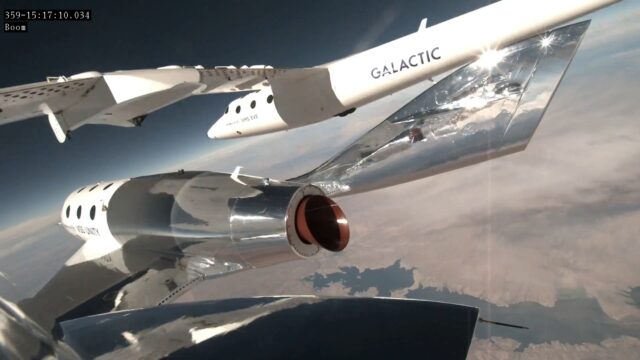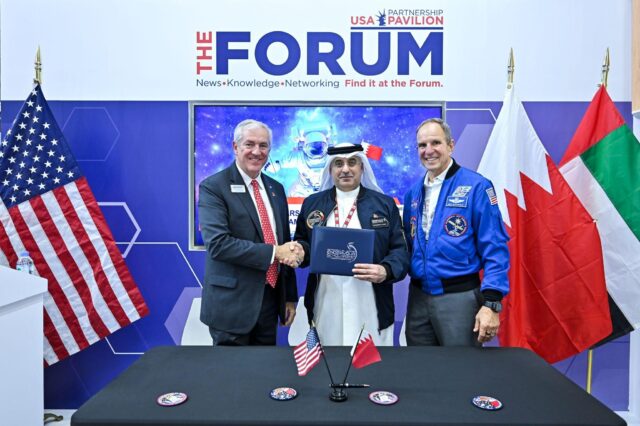Deciphering the alphabet soup surrounding the Franco-German-Spanish next generation combat air system of systems
May 26, 2025

Major General Jean-Luc Moritz, FCAS director for the French Air and Space Force, and Brigadier General Philippe Koffi, head of the NGWS/FCAS programme at the French Directorate General for Armaments (DGA) sat on a panel with officials from the GCAP programme, and provided an update on the wider Future Combat Air System (FCAS)/Système de Combat Aérien du Futur (SCAF), and the Next Generation Weapon System (NGWS) and New Generation Fighter (NGF) that sit within it.
These senior French project officials insist that the Trinational Future Combat Air System (FCAS) programme is “continuing to make solid progress.”
The FCAS/SCAF programme includes the NGWS (New Generation Weapon System) which is the sixth generation combat air/air dominance system of systems that forms one part of the wider FCAS/SCAF programme. The NGWS, in turn, consists of a New Generation Fighter as the core, fixed-wing manned platform, supported by unmanned aerial systems known as Remote Carriers and connected to a combat cloud.
Major General Jean-Luc Moritz, FCAS director for the French air force said during the Royal Aeronautical Society’s FCAS Summit that: “We are doing a sixth-generation aircraft because of threats, competition and instability,” citing Russia’s ongoing war in Ukraine as an example. He outlined some of the considerations and challenges in the programme, including the development of an LO aircraft, the right types and mix of weapons, and the questions of combat mass and of balancing affordability and budget.

“We have to come to the best fighter, remote carrier and combat cloud. A fighter aircraft needs manoeuvrability to fight and survive. It needs stealth, and armaments. Our system should bring combat mass, to saturate, deceive, decoy and deter. We need to find the sweet spot between manned and unmanned assets, which is very complicated.”
“We need high-end assets, but that won’t bring mass. We can have mass, but without collaboration or co-ordination it is useless. That’s why we need to have the combat cloud setting up discrete [in the French sense of the word, meaning stealthy] and secure connectivity, enabling the sharing of updated data.
Moritz said that he expected to achieve the reference architecture for that capability in a few months.
Brigadier General Philippe Koffi, head of the Next Generation Weapon System (NGWS)/FCAS programme at the French Directorate General for Armaments (DGA) said that: “AI will be one the main features of this sixth-generation capability – it will enable us make sure data will flow when and where it needs to go. It will also enhance the C2 and make the decision-making process much faster, and provide information for collaborative situational awareness and active targeting.”

The NGF will feature what Koffi called an “AI-driven virtual assistant” to reduce pilot workload. The Brigadier General also said that AI would be exploited to enable sensor and data fusion and would enable its operator to become “a ‘Shazam!’ in the electronic warfare domain,” referring to the Marvel Comics and film character (also known as Captain Marvel) who transformed from an ‘ordinary kid’, Billy Batson, into a costumed adult superhero who enjoyed a host of superpowers.
“I think that the NGWS or GCAP or F-47 are going in the same direction. We are not just building a fighter. We are not just building that equipment. We are building a system of systems integrating a fighter, remote carriers and combat cloud from the beginning, all enhanced by AI [artificial intelligence] later on.”
The trilateral FCAS/SCAF effort is working towards delivering an operational capability by around 2040 – or in the 2040s, according to some reports.
But Major General Moritz notes that for France specifically, some advanced capabilities will be fielded sooner.
“NGWS is addressing the threats in the early 2040s, but there is a combat aviation roadmap [in France] to address threats before that.” This will include the development of the enhanced Rafale F5 standard to enter service in about 2030, and the planned operational introduction of an unmanned combat air vehicle from 2033. This will include some of the emerging technologies being developed for the NGF sixth-generation fighter. Brigadier General Koffi said that: “We want fall-out capabilities [from NGWS] in the ’20s and ’30s.”
Development has been divided into a number of ‘phases’. Phase 1A (Initial Framework) began in 2019 (when FCAS/SCAF was a Franco-German project), and focused on early research, conceptual studies, exploring key technologies and defining and developing the system architecture for FCAS, including the foundations for the Combat Cloud.
Spain joined the project later in 2019, and the Defence Ministries of three nations signed a framework agreement on the mutual development of the Future Combat Air System (Future Combat Air System).
Phase 1B (Demonstrator Phase) was launched in March 2023, and focused on architecture selection, concept development, and technology maturation. This particularly included maturing enabling technologies, developing and testing demonstrators for the New Generation Fighter (NGF), Remote Carriers, and the Combat Cloud and laying the foundations for Phase 2, by preparing for the first flight demonstrations.
Brigadier General Philippe Koffi said that: “Our project is progressing with ambition. Two years after the launch of Phase 1B, we have already built a robust and dynamic industrial ecosystem,” including more than 3,000 engineers from around 144 companies – “from major players to start-ups”.
“It is demonstrating that it is a programme rooted in technological excellence. But it is not only about building momentum: it is also about delivering” Koffi said, claiming that the programme to date has seen “more than 800 deliverables, and achieved several critical reviews”.
These have included “making progress” towards finalising the selection of the shape and configuration of the NGF demonstrator, which is being led by Dassault Aviation. This is now expected to make its maiden flight “late this decade,” apparently having slipped from the original target date of 2028. A remote carrier demonstrator also is scheduled to enter flight testing before the end of this decade.
Koffi said that the programme is expected to deliver what he described as “the three most promising architectures” for the combination of the future fighter and remote carriers to its partner nations for consideration this September, and that new milestones are expected by next year after delays to the programme.
The next major programme milestone will be the launch of Phase 2 in mid-2026, which, Mortiz said, would “move us on from the early stage activities in Phase 1B.”
With an estimated budget of €5 billion (US $6.5 billion) Phase 2 will mark a “strategic shift, moving us from early stage to a more concrete development,” with industry finally manufacturing demonstrators for the NGF and for the remote carriers.
Europe now has two sixth-generation fighter development programmes underway, but merging them (never likely) now seems to have been entirely forgotten. But some degree of closer integration – not least to ensure interoperability – is being pursued. Brigadier General Koffi said that the European Defence Agency already has programmes underway to drive interoperability between the products of the two programmes, ensuring that combat clouds, datalinks and communications systems can work together. Major General Moritz reinforced the message, stressing the need for commonality between the FCAS, GCAP and F-47 programmes, and even suggesting that European industry could work together on, for example, the development of engines for remote carriers. “Maybe there is room for cost-saving and collaboration,” Moritz said.
In conversations on the peripheries of the symposium, the two Generals dismissed suggestions that the two main partners (Dassault/France and Airbus/Germany and Spain) wanted to pursue quite different, and potentially irreconcilably different visions of the NGF. This has been reflected in the very different CGIs and models used by each partner, and, some say, is the result of the way in which French national requirements have shaped the aircraft.
France needs its SCAF to operate from an aircraft carrier, imposing distinct constraints on size, take off and landing weights, but also requires nuclear capability, and must be affordable enough to be exportable. All of this results in an aircraft that is different to what Germany and Spain might want of their FCAS.
But both Moritz and Koffi were in agreement that these French requirements had been clear from the beginning, and that Germany and Spain had signed up to the programme in the full knowledge of them. The implication was clear – that there was no fundamental disagreement!




